Important Dates
1. National Science Day being observed today
- India celebrates National Science Day on 28th February of every year to commemorate the discovery of the Raman effect (in 1928) by Indian physicist Sir C.V. Raman.
- The objective of the day is to spread the message of the importance of science and its application among the people.
- Raman honored with the Bharat Ratna (the highest civilian award in India) in 1954.
- The theme for the year 2018 is “Science and Technology for a sustainable future”.
- Sir Chandrasekhara Venkata Raman was born in the former Madras Province in India presently called as Tamil Nadu, who carried out ground-breaking work in the field of light scattering which earned him the 1930 Nobel Prize in Physics.
Raman effect:
- Raman effect is a change of wavelength exhibited by some of the radiation scattered in a medium.
- The effect is specific to the molecules which cause it and so can be used in spectroscopic analysis.
2. Maharashtra celebrates ‘Marathi Bhasha Diwas’ today
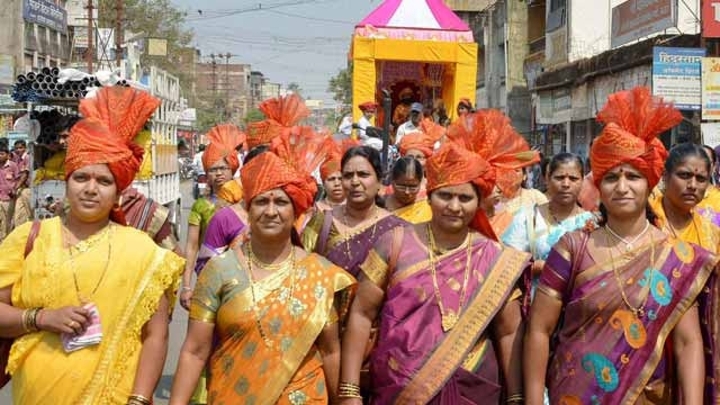
- Today, Maharashtra is celebrating ‘Marathi Bhasha Diwas’, the birth anniversary of noted Marathi litterateur V. V. Shirwadkar (also known as ‘Kusumagraj).
- Various programmes like poetry recitation, musical performances, essay writing, cultural events, and seminars have been organized in schools and colleges across the state.
Obituaries
3. Kanchi Shankaracharya Jayendra Saraswati passes away
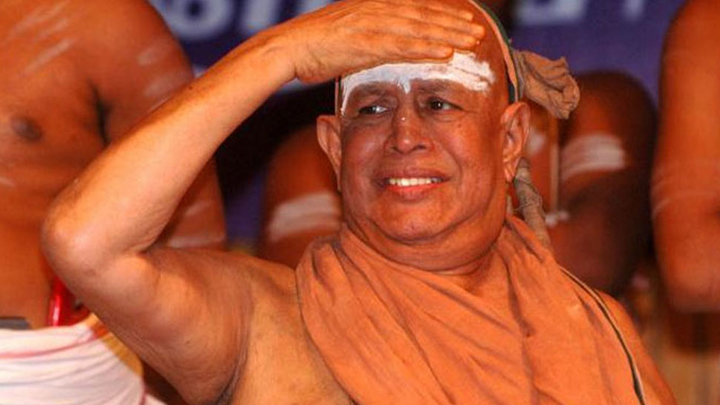
- Kanchi Shankaracharya (69th) Jayendra Saraswati (82-year) passed away at Kancheepuram in Tamil Nadu.
- He is 69th pontiff of the Kanchi Kamakoti Peetham.
- On March 22, 1954, he was named by Chadrasekharendra Saraswati Swamigal as his successor
Note:
- The Kanchi mutt was founded by Adi Shankaracharya, though this is deemed "controversial" and "disputed" by a minority and answered.
- The Kanchi Mutt runs many schools, eye clinics, and hospitals.
- CHILDS Trust Hospital, Hindu Mission Hospital, Tamil Nadu Hospital and other public welfare institutions which are religiously focused.
National Affairs
4. Govt announces reduction in Haj airfare
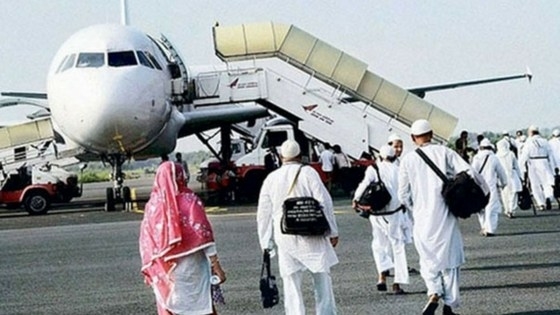
- The union govt has announced a significant reduction in airfares for devotees traveling to Saudi Arabia, with the prices of round tickets being slashed by Rs. 20,000 to Rs. 97,000.
- The move sought to address concerns about airfares going up after the Haj subsidy was abolished last month.
- The 18 to 49 percent reduction in rates will be available on tickets for Jeddah and Medina on national carrier Air India, Saudia, and Flynas, an air carrier based in Saudi Arabia.
Note:
- The Hajj is an annual Islamic pilgrimage to Mecca, the holiest city for Muslims, and a mandatory religious duty for Muslims that must be carried out at least once in their lifetime by all adult Muslims who are physically and financially capable of undertaking the journey.
- It is one of the five pillars of Islam, alongside Shahadah, Salat, Zakat, and Sawm.
5. CBSE grants one- time relaxation in passing marks for class 10 students
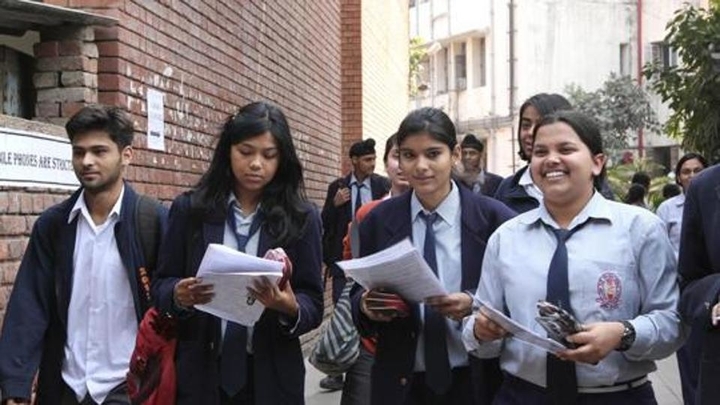
- The Central Board of Secondary Education (CBSE) has decided to grant a one-time relaxation in pass marks to students of class 10th.
- The board has decided to implement overall 33% pass mark criteria for this batch of students only.
- Earlier, the board had put in place a mandatory clause of securing 33 percent in the board exams and another 33 percent in internal assessment.
- The class 10 exams will be mandatory from this year after a gap of seven years.
- The Human Resource Development Ministry (HRD) had made the board examination for class 10 optional from 2010-11 batch.
6. Telangana CM announces five lakh rupees health-cum-life insurance scheme for farmers
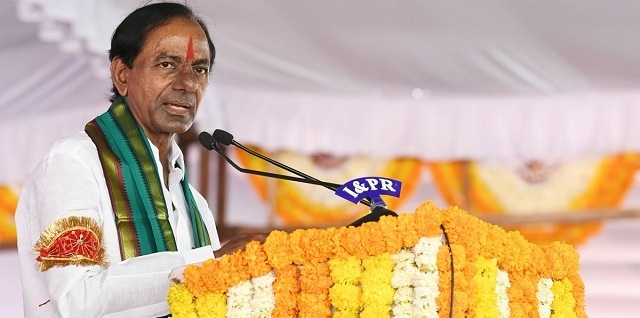
- Telangana Chief Minister K Chandrasekhar Rao has announced five lakh rupees health-cum-life insurance scheme for farmers in the state.
- The state government will pay the entire premium behalf of the farmer and allocate 500 crore rupees in the coming budget for implementation of the scheme.
- The insurance scheme will benefit 70 lakh farmers in the state.
- The health incurrence cover will be made available in case of hospitalization and the amount will be paid to the family in case of farmer’s accidental as well as natural death.
7. Civil Aviation Minister inaugurates Aviation Multi Skill Development Centre at Chandigarh
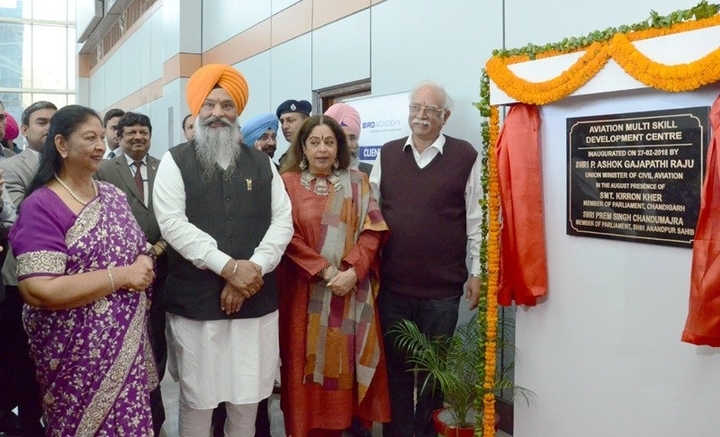
- The Civil Aviation Minister P Ashok Gajapathi Raju has inaugurated ‘Aviation Multi Skill Development Centre’ at the Chandigarh Old Airport Terminal building.
- The center is a Corporate Social Responsibility initiative of the Airports Authority of India(AAI).
- It is set up in collaboration with the National Skill Development Corporation and supported by the Aerospace and Aviation Sector Skill Council of India.
- The center will train about youth in 8 Aviation job roles over the next three years.
International Affairs
8. Kabul Process Conference being held today
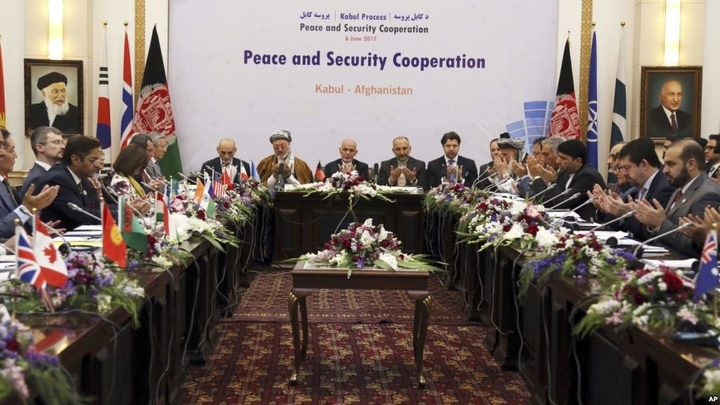
- Today, the second meeting of ‘Kabul Process’ is being held with the participation of the representatives of 25 countries and three international organizations (the EU, UN, and NATO) which is intended to discuss security and political issues in the country.
- India’s Foreign Secretary Vijay K Gokhale is representing India at the conference.
- The meeting aims to secure support for an agreement to end backing of cross-border terrorism and to find a peaceful solution in ending the decades-long insurgency in Afghanistan.
Sports
9. India clinch 11 medals at Strandja Memorial Boxing Tournament
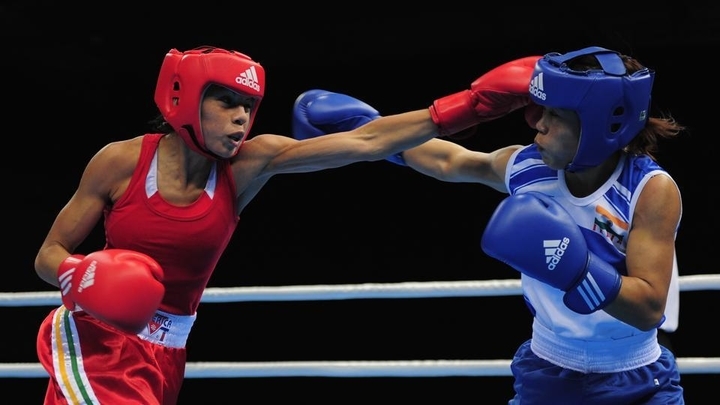
- India ended with a whopping 11 medals (five from men and six from women boxers) at the 69th Strandja Memorial Boxing Tournament in Bulgaria.
- Overall, the contingent clinched two gold, three Silver and six bronze medals.
- Vikas Krishan (gold medal in 75 kg category), was adjudged the best boxer of the event.
- Another Gold medal was clinched by Amit Panghal(In the 49 kg) division final.
- M C Mary Kom, Seema Poonia, and Gaurav Solanki won the Silver medal in their respective categories.
- Meena Kumari Devi, L Sarita Devi, Saweety Boora and Bhagyabati Kachari clinched the Bronze in their categories.

